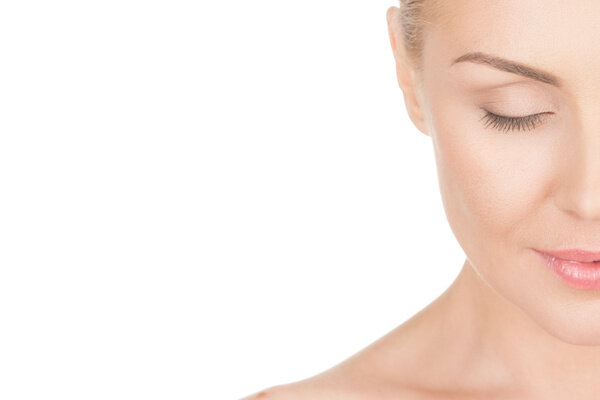As mentioned in the previous blog discussing Micro-channeling, PRP or Platelet Rich Plasma, has been used in many medical fields for its wound healing abilities. Athletes use it to heal injuries, while others have used PRP to treat arthritis. In the cosmetic industry, it has been used for those who want a natural but noticeable improvement in their skin tone and texture as PRP offers excellent skin rejuvenation with little to no downtime.
While used topically in the cosmetic industry, PRP can also be used for injections to fill wrinkles as a natural filler. Areas of treatment are similar to areas treated with hyaluronic acid fillers, which include the eye area, decollete, cheeks, smile lines, and nasolabial folds. The PRP stimulates collagen production in the dermis of the skin to plump and fill for a natural look. PRP is an excellent alternative to hyaluronic acid fillers as it helps to restore volume while rejuvenating the skin from the inside out.
How does it work? Your blood is drawn into a vial, which is then placed into a centrifuge. The vial is spun in the centrifuge to concentrate and isolate platelets. After the spinning the PRP has separated and can then be used for injections. The time for the entire appointment from start to finish can take about 60-90 minutes, and while you can resume normal activities, is recommended that you do not exercise until the next day.
Since PRP is derived from your own body, the chances of an allergic reaction are minimal, as are lumps and bumps that can happen with hyaluronic acid fillers. In general, hyaluronic acid fillers are considered very safe, but for those concerned about reactions, PRP is a perfect alternative. However, PRP and hyaluronic acid fillers can be injected in the same appointment to address facial aging as well as the quality of the skin.
Interested in PRP injections? Call to make a consultation appointment at 720.236.7541!


